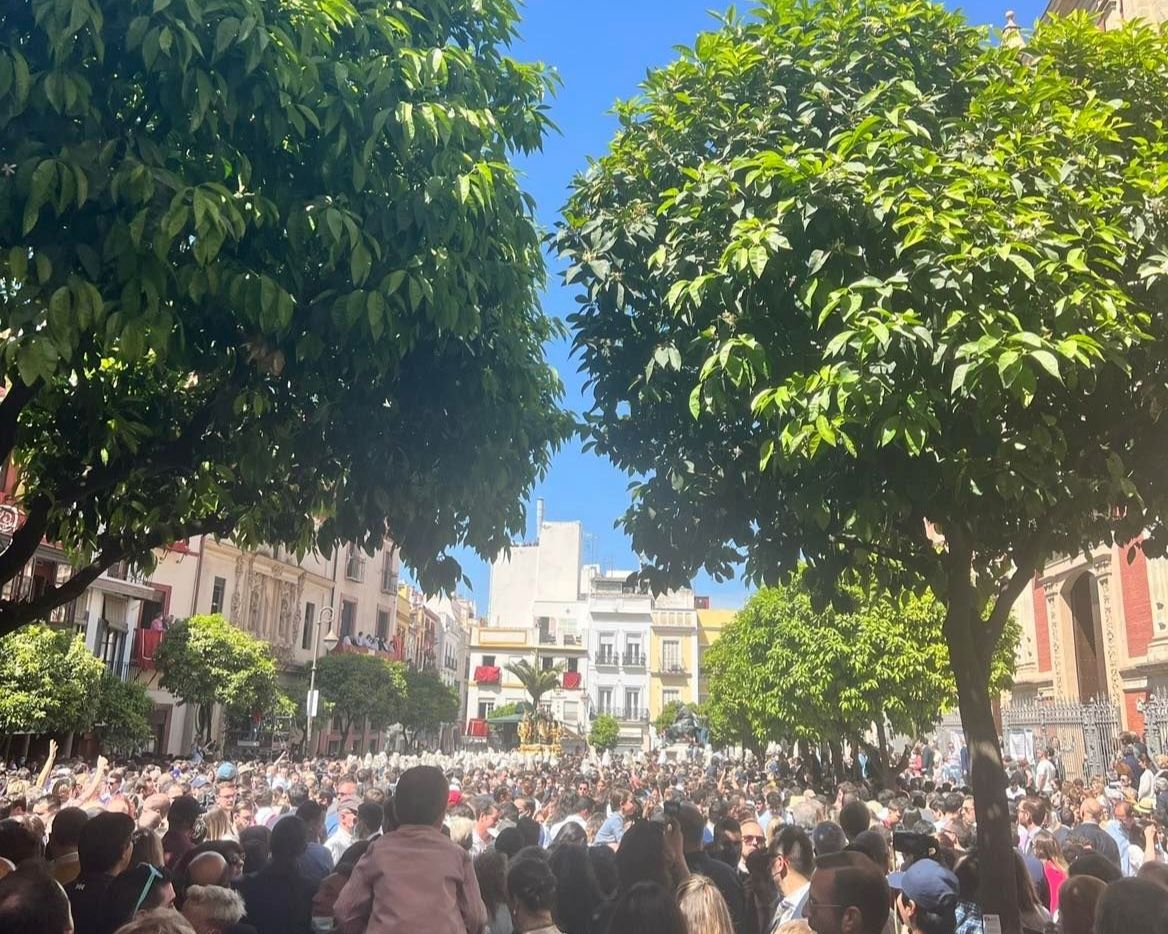By Lucy Rawlings, Travel Deputy Editor
The Croft Magazine // As our Spanish expert explains, Seville has been taking religious celebrations seriously for hundreds of years.
After two years off the agenda, Seville’s Semana Santa (Holy Week) has made a comeback. As with so many holidays, the lead up to Easter is taken very seriously in southern Spain. This year I got the chance to see the celebrations first-hand. Imagine… huge processions of Nazarenos – the religious brotherhoods – carrying gigantic floats, topped with religious statues of silver and gold, adorned with precious gems. The floats weigh 2,400 kg and are supported by forty men, every step measured and unhurried. Each procession also has an entourage of 500 to 2500 Nazarenos, from each parish, with over sixty processions day and night for the duration of the week.
Each procession also has an entourage of 500 to 2500 Nazarenos, from each parish, with over sixty processions day and night for the duration of the week.
Processions begin around 3pm and end at 2am… the music from the orchestras that follow the brotherhoods becoming overwhelming (even your hotel offers no escape!), while the streets are lit with the light of hundreds of candles swaying with the incessant march of the processors, and thousands huddled together. The processions can be overwhelming, especially the sight of the Nazarenos themselves. Dressed in robes and cone-shaped headdresses that look eerily like those of the Klu Klux Klan, their appearance is a shock. What’s even more bizarre is seeing these processors out of context… catching glimpses of them walking boldly through the streets for morning coffee. I was there as everyone was preparing for the very first procession, on Palm Sunday. The main squares and avenues were lined with chairs, anxiously awaiting spectators. And those spectators did come… in their hoards.
Featured Image: Epigram / Lucy Rawlings









